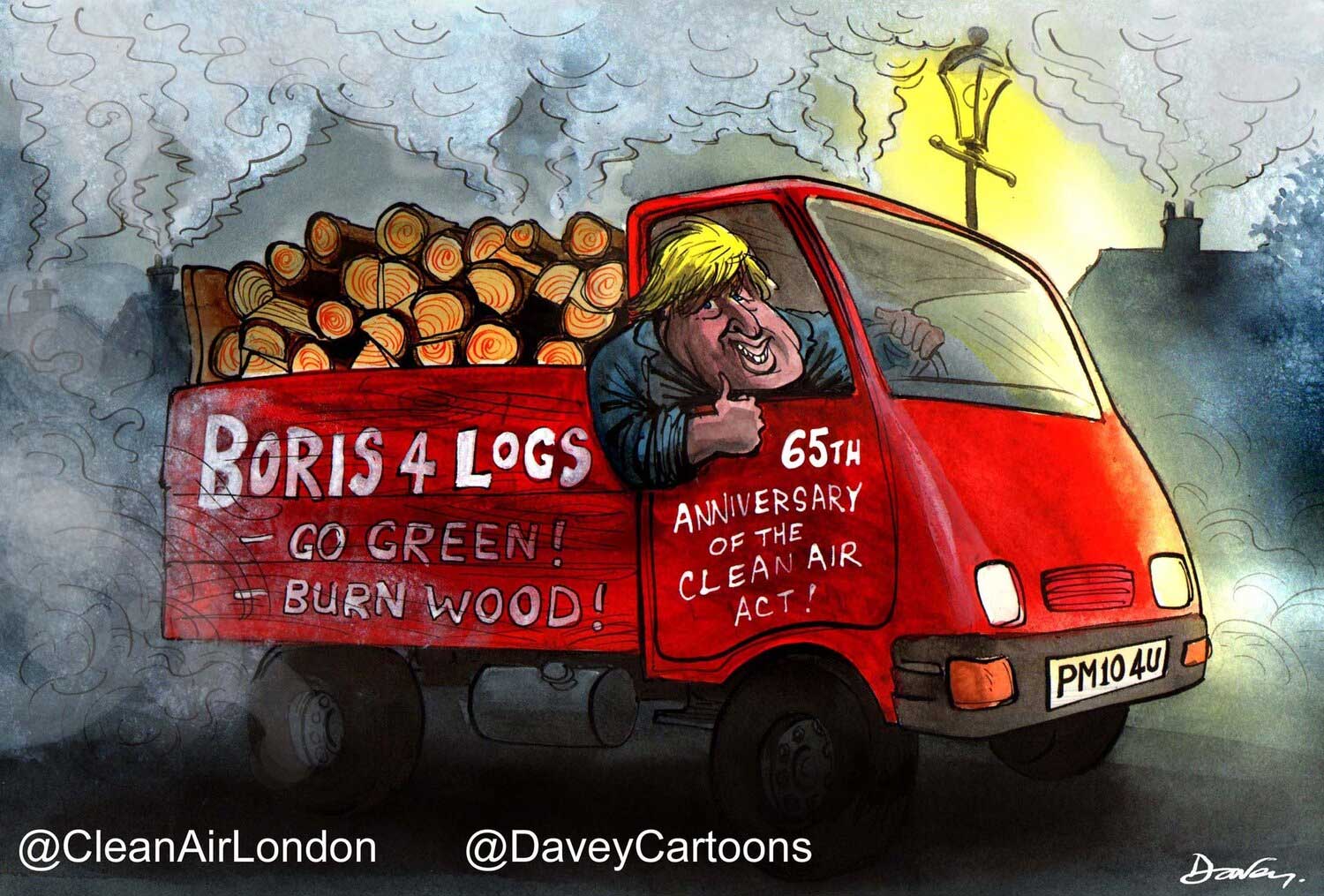Air Pollution
Measuring standards are not really the issue. The composition of air pollution is complex and the weight of particulate matter smaller than a certain size limit is less important than what the particles are composed of and thus how toxic they are. You can draw the line somewhere and prefer WHO recommendations as I do, but there is no safe value. I have chosen to concentrate on the known health issues currently experienced that include increasd risk of asthma, cancers, heart disease, strokes, dementia and type 2 diabetes.
2024-02-23

Except for remote areas of Scotland and a few other favoured locations, we in the UK are living in polluted air. This air pollution is usually invisible to us - we are not aware of it, but it is serious enough so that long term exposure is a major factor in about 1 in 20 deaths. Older people or those with existing health conditions are most at risk, also young children as the development of their organs can become stunted. The indoor environment is an artificial place for humans (though we in the UK spend about 90% of our time there), and pollutants build up to levels that harm us and our children. 1 in 11 children in UK have asthma, and the rates of people dying from asthma attacks in England and Wales has increased by more than a third in ten years.
So what is causing all this air pollution? Air pollution is a complex mix of particulate matter – small particles that can get into the lungs and sometimes into the blood stream, and noxious gases. These come from a variety of sources, most commonly from vehicle emissions like from cars, vans and diesel engines including tyre and brake wear, industrial processes like burning waste, agricultural activity such as spreading fertilizer and animal waste slurry. Ammonia is a chemical that comes predominantly from agriculture and travels long distances. When it mixes with other pollutants it forms poisonous secondary particulate matter that can be more damaging than the sources.
Proximity to the pollution source is also important as larger particles remain local and many others stick to nearby objects. So people who live next to busy roads like M5, A38 and Worcester Road in Bromsgrove and nearby schools are most exposed. Try to avoid them if you can, and find an alternative route.
Many seem totally unaware of the largest source of small particle (PM2.5) pollution in the UK. Only 8% of homes burn wood, but this accounts for around 40% of the total PM2.5 emissions, over three times the level generated by traffic This is a growing issue in the UK. Although wood burning ‘feels’ environmentally friendly and eco stoves produce a quarter of the emissions of an open fire, they are still belching the same output as 18 newer diesel cars or 6 modern heavy goods lorries. We in the UK need to get serious about replacing wood burners with heat pumps and requiring government subsidy to help this transition.
How are we doing? Not well – HALF of neighbourhoods in Bromsgrove are exposed to dangerously high air pollution, a new analysis by Friends of the Earth has found. If you want to have an indication of air pollution levels at your address then just enter your post code into the web page at address pollution
Drivers beware! Your highest exposure to air pollution is when you are inside that enclosed metal box driving on a busy road. It’s likely to be several times background outdoor values.